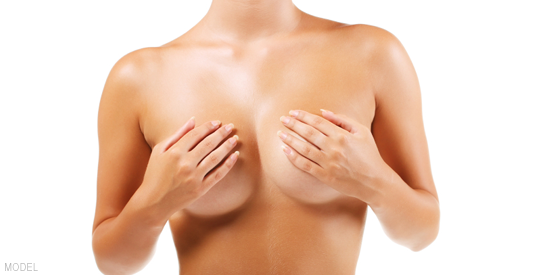minimal
At my practice, there’s no such thing as a “typical” breast augmentation patient. From the suburbs of Brampton, Mississauga, and Oakville to the high rises of Toronto, from students to moms, from subtle results to dramatic – no 2 patients are exactly alike. There are, however, a few “typical” questions I hear from breast augmentation patients, regardless of age, lifestyle, or implant preferences. One of those questions is regarding the “right” incision and what to expect from the resulting scar. The good news: regardless of their choice, most patients can achieve a beautiful, natural-looking result with minimal scarring.
Where can the incision (and the subsequent scar) be placed? I offer 3 options to accommodate my patients’ preferences:
- Inframammary fold incisions are made beneath the breast where it attaches to the chest wall. It leaves behind a well-concealed scar that is hidden by the slight overhang of breast tissue. Since it does not affect the appearance or function of the nipple in any way, many women find this option to be preferable, especially if they foresee breastfeeding in their future.
- Periareolar incisions are made along the lower edge of the areola, leaving a scar that is very difficult to see once healed. That’s because it easily blends into the natural border between the dark skin of the areola and the lighter breast skin. There are specific occasions when this approach is recommended.
- Transaxillary incisions are made in the armpits. This approach leaves behind no scarring on the breast, but instead, a minimal scar in the underarm. This option is very discreet as well, but may limit implant options, and can affect implant positioning.
Every patient is different, and every woman heals differently. That being said, That being said, having choices in incision placement generally produces minimal scarring and very natural looking results. Among others, the “incision decision” highlights the importance of a personalized treatment plan. My patients and I work together to determine the option that fits their lifestyle and aesthetic preferences. There might not be a “typical” patient at MCSC, but one thing is typically the same for everyone: individualized treatment.
Have another question related to breast augmentation incisions, scarring, or another aspect of the procedure? Leave it in a comment below. We would love to hear from you.


Leave a Reply